Discover the main space news of the week from 9 to 15 September 2023 and stay up to date on everything that matters most in the world of astronomy!
UFOs (unidentified flying objects) and aliens have stolen the spotlight in the week’s astronomy news, with demonstrations of fake corpses and a news report NASA with recommendations on UAPs (unidentified anomalous phenomena, in English). But other major themes have been heralded in scientific studies, such as the discovery of a Big Bang “fossil.”
If you missed any of the news, check out the recap below of these and other stories that grabbed attention during the week.
The “fossil” bubble of the Big Bang
For the first time, researchers have found a individual bubble formed by BAOs (baryon acoustic ripples), a phenomenon that occurred in the universe in the first million years after the birth of the universe. Like the cosmic microwave background, BAOs are considered hard evidence of the Big Bang.
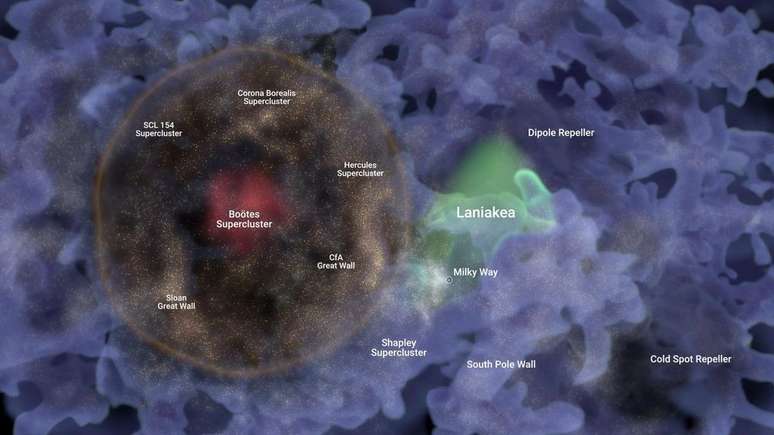
BAOs occurred when photons of light were not yet traveling freely through the universe, but interacted by colliding with matter, which was a compact plasma. Therefore, in the absence of a vacuum, sound waves formed and traveled a certain distance within the plasma. This stopped happening when the universe became transparent, but the bubbles are “imprinted” to this day, like footprints in sand.
Fake ETs at the Mexican Congress
images of alleged mummified corpses of aliens took social media users and even scientists by surprise. The Mexican Congress has opened the doors to a group that claims to have found extraterrestrials buried in Peru, but from the beginning of the presentation it was clear that it was a hoax.
🚨 Jaime Maussan presents the intact bodies of dissected alleged extraterrestrials to the Chamber of Deputies.#VIDEO : Maru Rojas pic.twitter.com/cnaJk7kjAx
— Formula Group (@Radio_Formula) September 13, 2023
These aliens were unmasked by scientists who, simply by observing the x-rays of the creatures’ skeleton (which presented grotesque anatomical problems), discovered the fraud. In fact, the man behind the little ETs is the the ufologist Jaime Maussan, famous for its programs on UFO sightings and conspiracy theories. In the past, on more than one occasion, he has been exposed for presenting fake aliens.
October annular solar eclipse
One an annular solar eclipse will occur on October 14th and we will be able to follow the event here, in Brazil. This type of eclipse occurs when the Moon does not completely cover the Sun and the edges of the solar disk remain visible, leaving a bright ring around the lunar shadow.
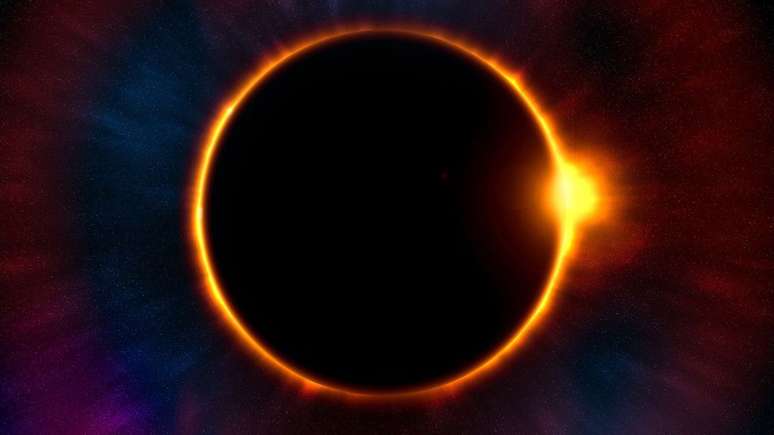
However, the most privileged inhabitants will be those coming from the North Eastern states and much of the North. In other locations the phenomenon will be visible as a partial solar eclipse, without the so-called “ring of fire”.
NASA UFO Report
NASA released a UFO sightings report (or, as they called it, unidentified anomalous phenomena, with the acronym UAP) in the United States. The document was produced by a team of 16 independent experts and provides recommendations on collecting and analyzing data on these phenomena to try to explain them.
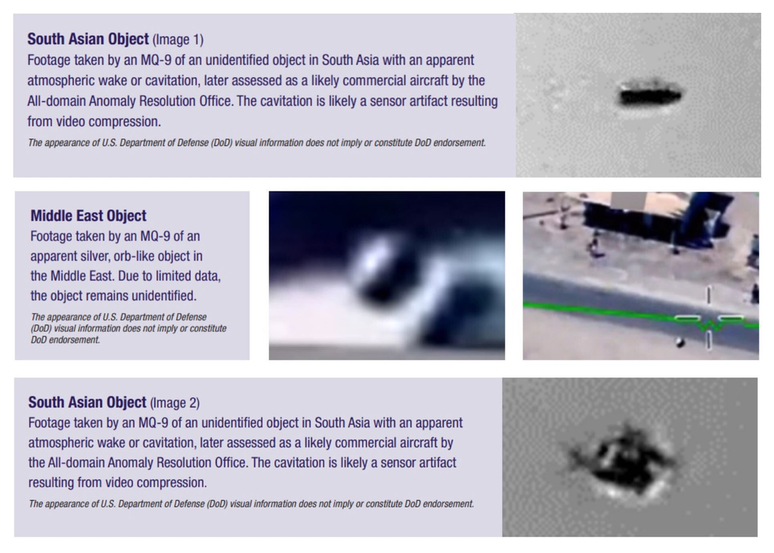
NASA Administrator Bill Nelson stated that “the independent study team found no evidence that UAPs are extraterrestrial in origin, but we don’t know what they are.” The agency further explained that observations of UAPs are generally of low quality because they are based on amateur recordings and instruments not developed for these purposes, “which makes it impossible to draw definitive scientific conclusions about their nature.”
However, NASA has chosen a director to develop and supervise research on the topic in a serious and scientific manner, with the aim of overcoming the taboos and stigmas associated with the topic.
The molecules of the possible ocean in K2-18 b
According to data from James Webb, the sub-Neptunian-type exoplanet called K2-18 b, located just 120 light-years from Earth, It has several carbon molecules. This means that, perhaps, it is a world potentially rich in hydrogen in the atmosphere and covered on the surface by an ocean of liquid water.
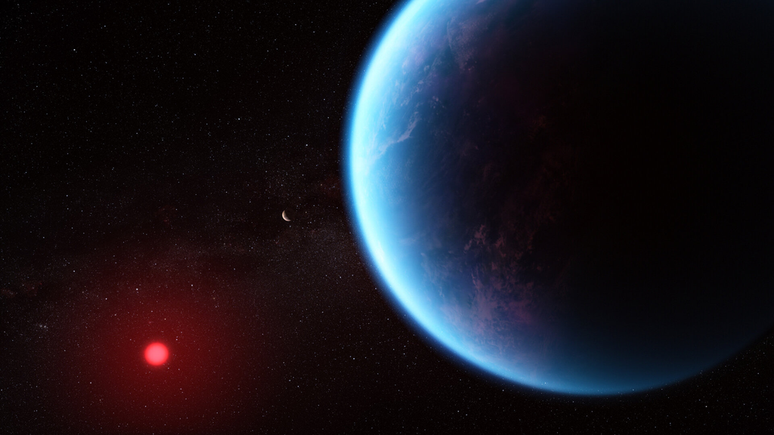
K2-18 b is already well known to astronomers thanks to Hubble, but thanks to James Webb’s data they now know that the planet is abundant in methane and carbon dioxide, as well as some ammonia. This world is larger than Earth and smaller than Neptune, a rare type of planet that, perhaps, will be very interesting in the search for life.
Nuclear fuel for humans on the Moon
It was developed by researchers at Bangor University in Wales small nuclear fuel cells that could power a human base on the Moon.
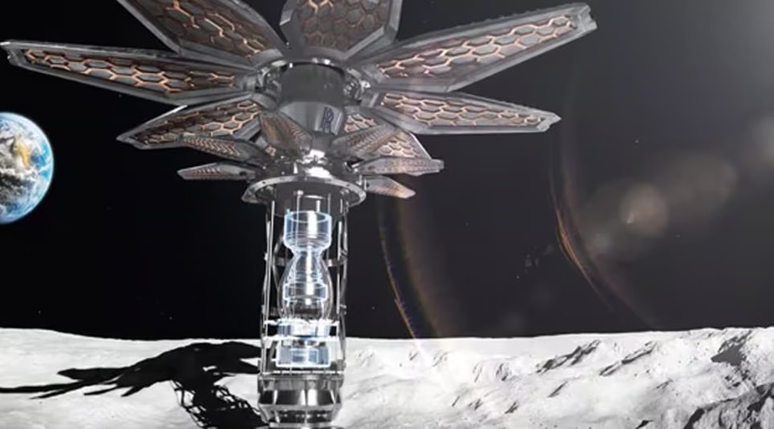
The cells, called Trisofuel, can be used to power small nuclear generators from manufacturer Rolls Royce. The device is portable, can be launched into space on a rocket without problems and has already been sent for testing with partners.
Photo of Comet Nishimura
Although object C/2023 P1 (Nishimura) was not bright enough to be seen with the naked eye, it provided good enough conditions for incredible photographs as it approached the Sun. So don’t miss out, the Canaltech selected some of the best photos of comet Nishimura.
👉 Brief: https://t.co/klwCivjzwV
Today the new comet C/2023 P1 reaches its closest point to us.
This image by Nishimura shows the comet rising above foggy woods.
Equipment: Sony A7 II, 135mm f/2 lens
Location: Keltischer Ringwall Otzenhausen, Germany
Image: @SeVoSpace #comet… pic.twitter.com/XLDALiFCV0
— Doctor Sebastian Voltmer (@SeVoSpace) September 12, 2023
On the 17th, C/2023 P1 will get as close to the Sun as possible, shining even brighter. Next, your path will take you back to where you came from: the outer reaches of the Solar System.
Trends on Canaltech:
- The 10 most watched films of the week (16/09/2023)
- Google’s new artificial intelligence, Gemini, is already being tested by companies
- No, the ET corpses shown at the Mexican Congress are not real!
- Big Bang fossil found near the Milky Way
- The 10 best Grey’s Anatomy characters
- Samsung accidentally confirms Galaxy S23 FE on official page
Source: Terra
Rose James is a Gossipify movie and series reviewer known for her in-depth analysis and unique perspective on the latest releases. With a background in film studies, she provides engaging and informative reviews, and keeps readers up to date with industry trends and emerging talents.







